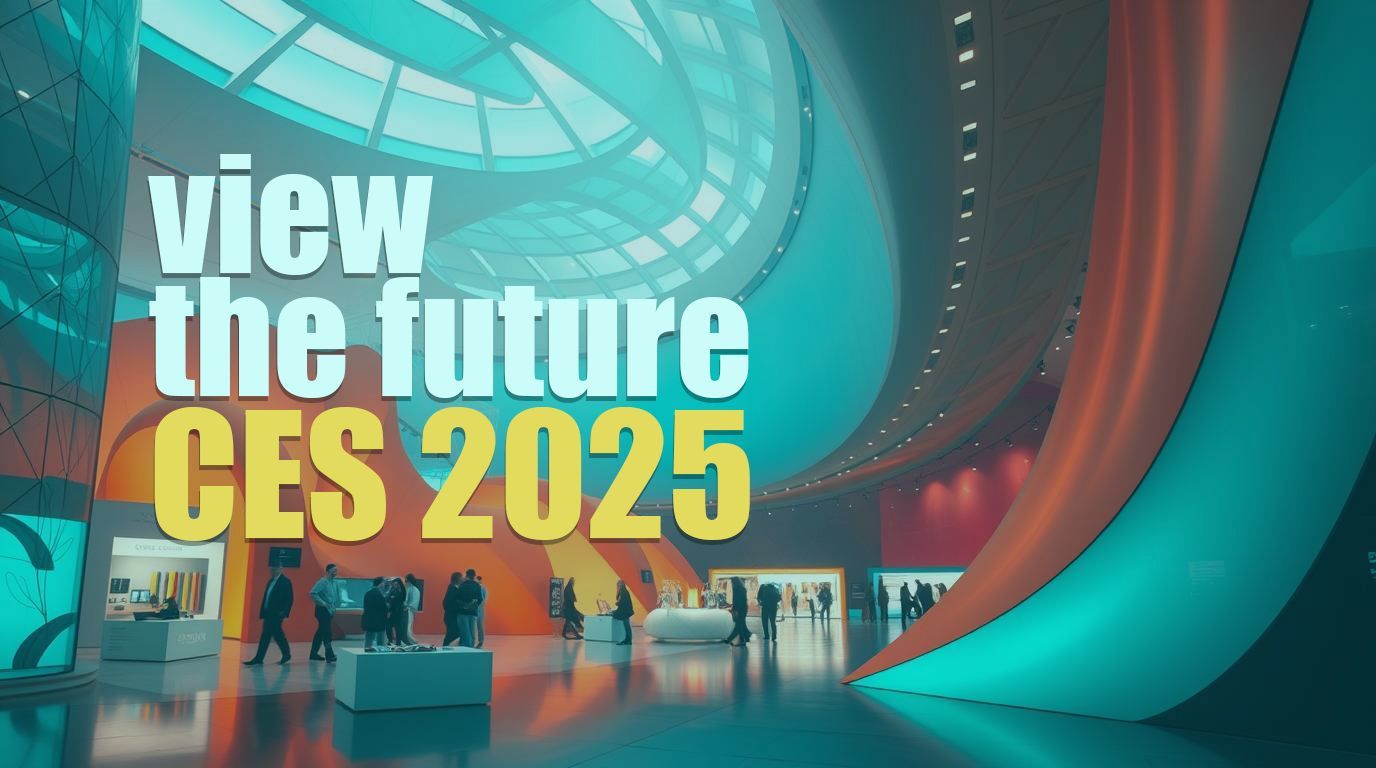Get in touch
555-555-5555
mymail@mailservice.com

What Can the New Adobe Terms and Conditions Fury Teach us?

Over the last few days, I have been following the controversy around Adobe's update to the terms and conditions for its Creative Cloud services. It has sparked a furious debate in the design community, and it has been great to see such a deep engagement from Adobe’s core audience about it.
The fury started a few days ago when Adobe's new terms rolled out not only granting the company broad rights to access, use, and sublicense user content, raising serious concerns about privacy, intellectual property, and the ethical use of AI but also in the user experience that forced acceptance before you could do anything else. Seeing this unfold made it clear to me that we have an urgent need for robust governance and compliance frameworks to help manage the complexities that come with the use of generative AI.
Adobe has clarified their approach and you can read about it here: https://blog.adobe.com/en/publish/2024/06/06/clarification-adobe-terms-of-use
The good thing about all this is that it has sparked a lot of discussions that I think are important to have as we navigate how artificial intelligence is transforming the world at an incredible pace. Its bringing with it both immense and exciting potential but with a need to be cognizant of the significant responsibilities to be good stewards of the technology as well. As organizations integrate AI into their operations, managing AI ethically becomes paramount. Here are a few AI compliance risks that I have thoughts about along with ways we might think about managing them.
Navigating the complex world of AI systems have become critical issues and if we aren’t careful our misuse could undermine the adoption of a toolset that could create many benefits for the world. Not just in business use but in helping us in many areas, from healthcare to automotive safety systems. From unintended to purposeful egregiousness, bias and discrimination are one area that has a huge potential to destroy the credibility of AI. Organizations must implement bias detection protocols and conduct regular audits to ensure fairness. Additionally, fostering diversity within AI development teams is crucial as varied perspectives can significantly reduce the risk of bias.
As seen in the case with Adobe, privacy concerns are also paramount, especially with stringent data protection regulations such as GDPR and CCPA. Organizations must conduct privacy impact assessments and maintain meticulous records of data processing activities. This goes beyond mere compliance, fostering trust with users who are increasingly concerned about their personal data. Some of the outcry from the Adobe controversy was around work that designers were doing for clients where they had strict NDAs in place for the work they were doing. If I understood the changes in the terms and conditions, it appeared that Adobe said they could take that work and basically use it however they wanted which would cause the designer to break contractual obligations.
Security threats pose another significant challenge. In December 2023, A Chevy dealership in California deployed an AI powered chatbot that seemingly agreed to sell a nearly $60,000 Tahoe for the bargain price of $1 after being manipulated by the user. AI systems are prime targets for cyberattacks, necessitating regular updates to security protocols, comprehensive testing, and thorough documentation of security incidents. I recommend building a culture of security awareness across the entire product team to bolster these defenses.
I am also big on the importance of transparency and accountability in AI systems. Developing “explainable” AI models and maintaining clear documentation of decision-making processes are crucial steps. We need to understand how decisions are made to build trust and ensure effective oversight as well making certain we get precise and/or expected outcomes.
Ethics in AI development obviously can’t be overlooked either. We should work hard to establish ethical guidelines and perhaps even go so far as having an ethics review board to regularly review AI applications. This can help prevent harmful outcomes. Aligning AI use with societal values and the law ensures that AI technologies can be a positive addition to our world. The controversies surrounding how the AI models are trained is a great example of the care we need to give. How unique voices from artists, engineers, writers, and anyone that has come before gets assimilated into the tools we are starting to become dependent on is an important debate. Intellectual property issues can be complex. As we engineer our systems, conducting intellectual property audits and ensuring proper licensing and usage of data are essential. I believe firmly that protecting intellectual property rights fosters innovation rather than thwart it.
Speaking of legalities, staying updated on evolving regulations is another critical aspect of AI compliance. It is imperative that we adopt a continuous education discipline to ensure we adapt AI systems to meet new standards as they emerge. We should have regular audits and build thorough documentation of compliance efforts to maintain adherence to regulatory requirements. If governments or lawyers stop by, being prepared and aware is better than having a costly gotcha moment. This includes the perils of inaccurate data handling which can significantly impact and undermine the reliability and trust of AI systems. Organizations must take care to validate data sources, audit data handling processes, and maintain thorough documentation to ensure data accuracy and regulatory compliance. High-quality data is the bedrock of reliable AI technologies and compliant use, storage, and transfer build trust and keep our system in line with laws governing their use.
This is where balancing AI autonomy with human oversight is crucial, especially for critical decisions. Implementing human-in-the-loop systems brings oversight processes that ensure we, the humans, can intervene when necessary, maintaining control over AI actions.
As careful as we try to be, we know that there will be unintended consequences and sadly sometimes misused. And sometimes those AI systems can be misused or produce unintended consequences that may have legal implications. This is where we must carefully consider potential misuse scenarios and implement safeguards to prevent harm and ensure compliance with relevant laws and regulations. When it comes to unintended consequences it is crucial that we conduct extensive user testing before we deploy and monitor and learn from use after we launch. We can’t expect to know everything yet. Even very experience engineers have said they don’t exactly understand how AI “thinks”. Being aware of the potential for unintended outputs can help us with how to handle or mitigate situations in a timely manner.
Practical Steps for Effective AI Compliance Management
My first thought is to go through identifying potential risks and prioritizing them based on their potential impact and likelihood. Understanding these vulnerabilities allows us to address them systematically and with the priority that each risk might pose.
We should develop clear policies and guidelines tailored to specific operational needs by organizational aspect. It should outline acceptable practices, ethical guidelines, and compliance requirements. Clear documentation of these policies helps maintain consistent application across the organization.
Training and education are also vital for building a culture of awareness and responsibility. Employees at all levels need to understand the risks associated with AI and their role in mitigating these risks. Implementing training programs, which include regular updates and practical examples, help embed compliance into an organizational culture.
Cross-functional teams play a significant role in AI compliance. Given the multifaceted nature of compliance, involving members from data science, IT security, legal, and other relevant orgs ensures that all aspects are covered. Regular collaboration and communication between these groups are key to a successful and informed risk management process.
I know I have said it a few times already, but I feel strongly that documentation is indispensable for transparency and accountability. It ensures that all decisions, actions, and changes are recorded, which is crucial for audits and reviews. Tools such as centralized risk registers, compliance management software, and maintaining audit trails help streamline this process. It also maintains consistency as team members move in and out of the organization. Continuity is a key aspect of maintain compliance and policy.
It would be a good idea to maintain a centralized risk register to log all identified risks, their status, and mitigation actions. Compliance management software can automate processes like tracking regulatory changes and documenting compliance activities. Audit trails provide a chronological record of all compliance-related actions, making it easier to review and verify compliance efforts.
While there is a lot to think about, ethical AI use is not just a regulatory requirement but a societal responsibility. Addressing biases, protecting privacy, and ensuring transparency are the foundations of building AI systems that are not only legally compliant but also trustworthy and actually provide something beneficial. Compliance will be an ongoing process that will require us to continuously educate ourselves, pursue proactive risk management, and a work in a collaborative approach – until AI can automate some of that too. With the right strategies and tools, we can navigate the complexities of AI compliance to fully realize the potential of AI.
Share:




Overseeing Marketing Vision And Strategy
Experience in leading marketing at companies like Rightpoint, Hoodoo Digital, and Western Digital Corporation demonstrates my ability to oversee and drive a comprehensive marketing vision and strategy.
Let's Connect!
Contact Us
We will get back to you as soon as possible.
Please try again later.
All Rights Reserved | Thomas Dickens
Privacy & Terms
